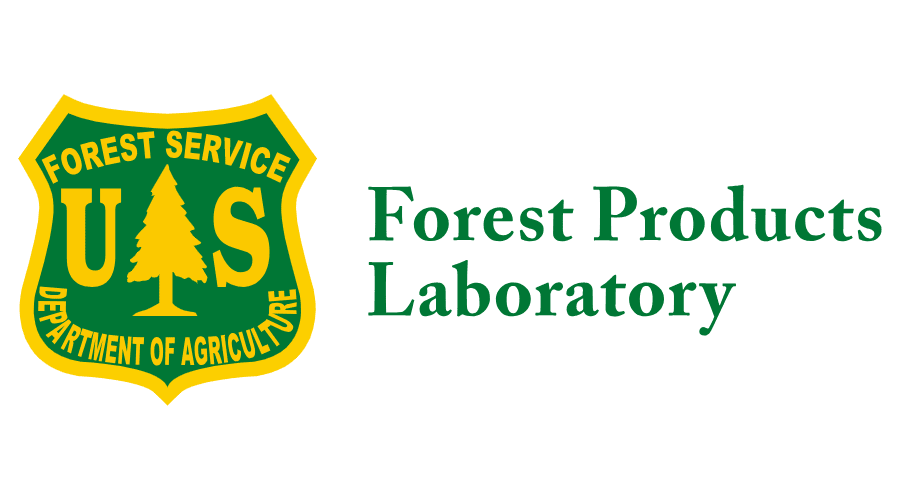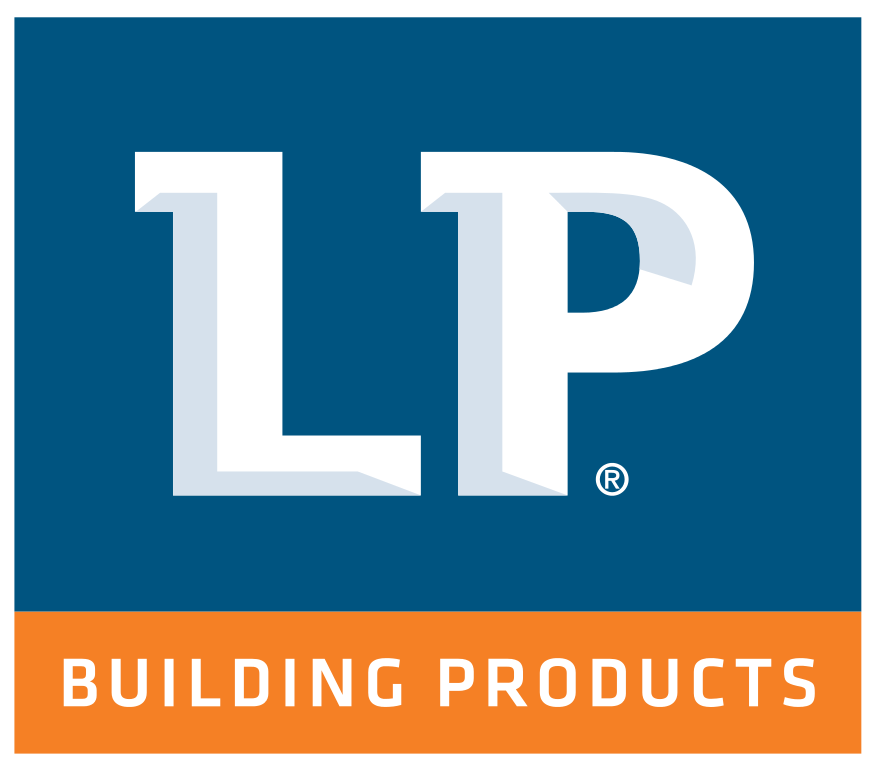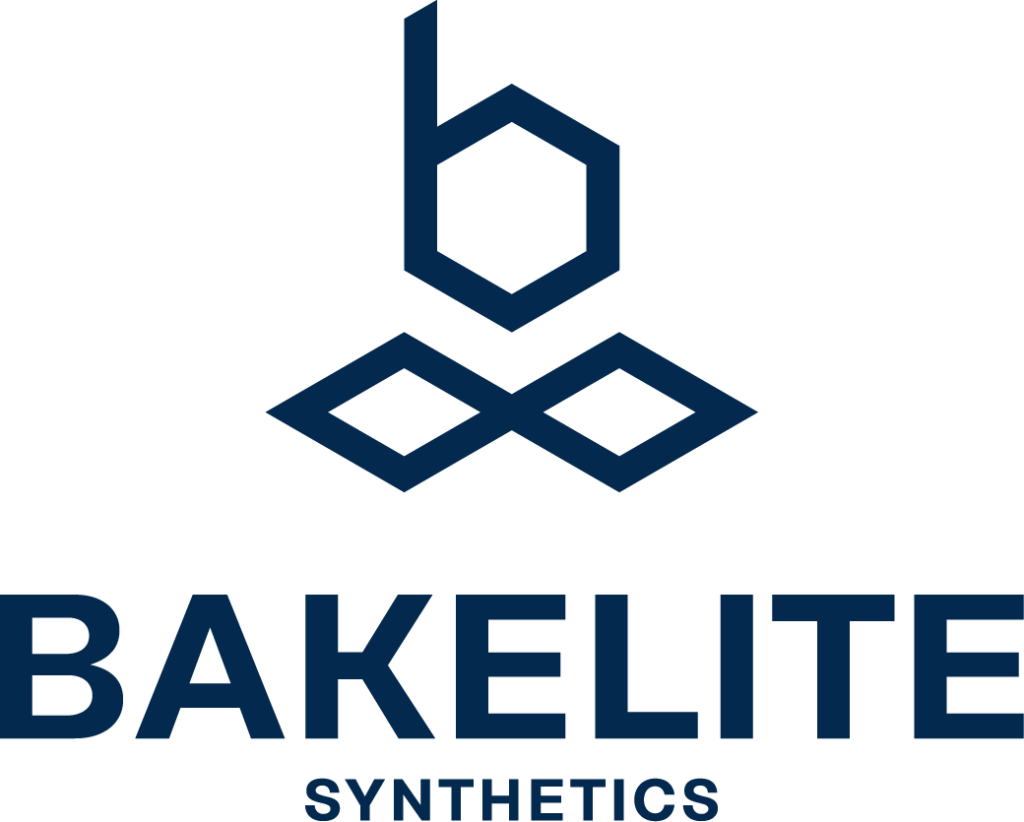Spearheading Innovation
At the core of our center are our Members, a proactive group of companies and organizations that support fundamental research to answer the most important questions of our industry. Our current members are from across the US, Chile, and Australia.
MEMBER’S DIRECTORY
Members Only Access










